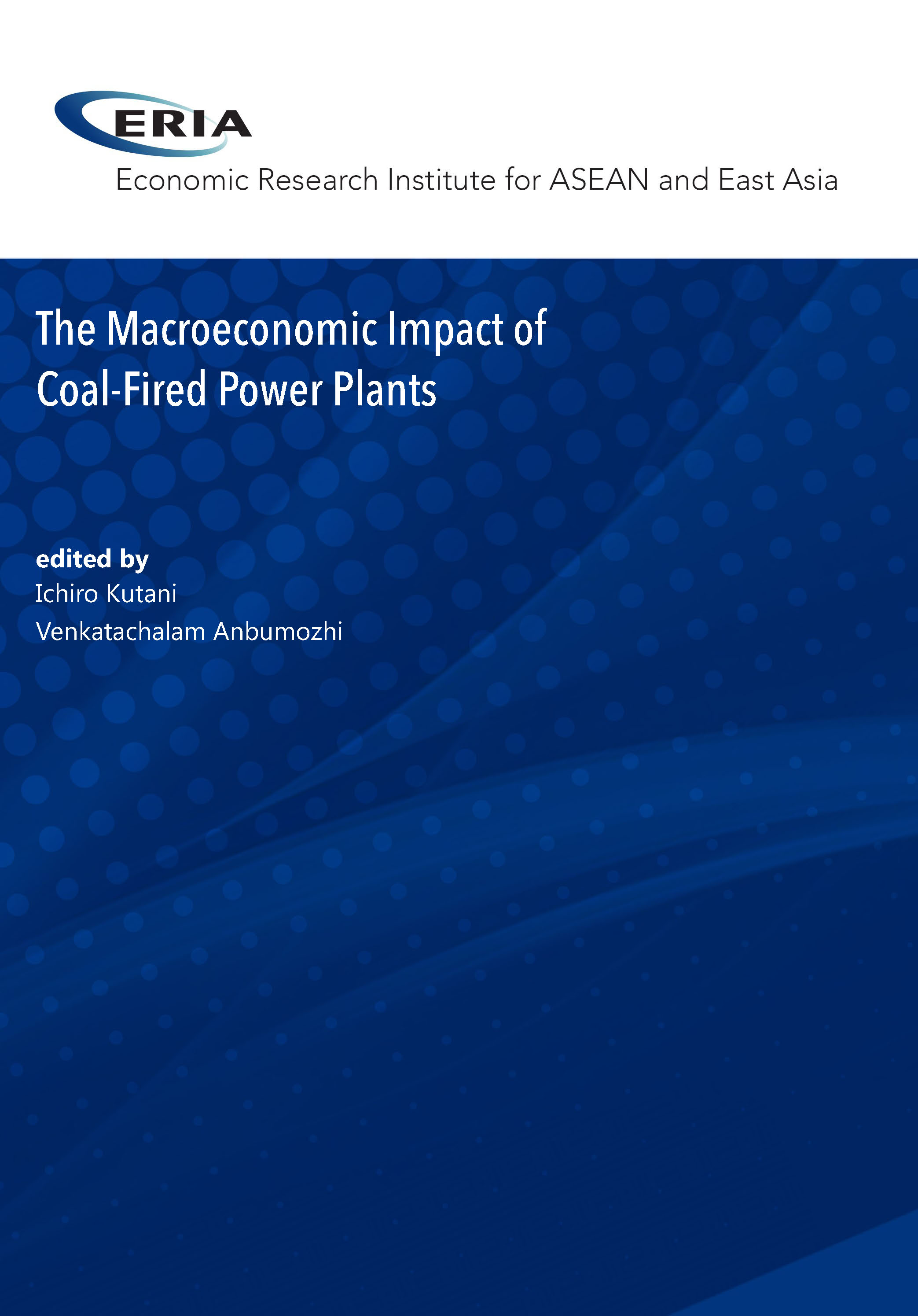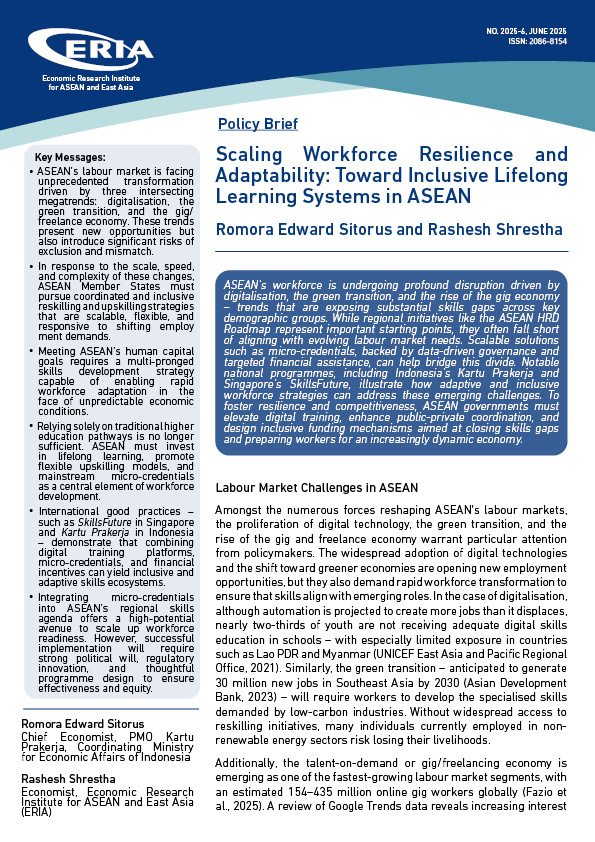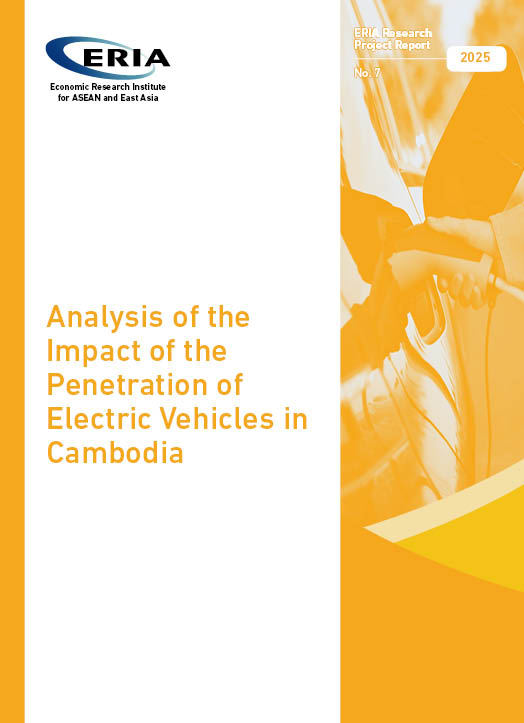Macroeconomic Impact of Coal-Fired Power Plants

Date:
16 February 2016Category:
Energy, Finance and MacroeconomyType:
Research Project ReportsTags:
Macroeconomy, EnergyPrint Article:
Energy is critical for almost all modern economic activities and for broader human development. Yet, access to energy in middle-income countries such as India, Indonesia, and South Africa lags far behind industrialised, and even many industrialising, countries. However, economic growth in these countries has long been fed by coal, which accounts for 71 percent, 49 percent, and 94 percent of energy mix in India, Indonesia, and South Africa, respectively. To help inform these countries on formulating better policies for the sustainable development of the coal sector, a quantitative analysis is undertaken to estimate the macroeconomic impact of phasing out international public financing for coal-fired power plants (CPPs). Cumulatively, said financing accounts for about 10-30 percent of upfront investment cost of highly efficient low-polluting CPPs in these countries.
It was found that phasing out international public financial support to retrofitting existing CPPs or planned power plants will retard economic growth in the short and medium term by 0.11-0.5 percent in the studied countries. Restricted financing will further aggravate their current account balance, with India being most affected among the three, as it may go up to 33 percent in 2035. Decreased investments in CPPs will increase the average electricity price for households and industry from 2.5 US$/kWh to 13 US$/kWh. Given the enormous development benefits of highly efficient clean coal use, international public institutions should consider financing these initiatives as part of an overall policy to clean up the fossil fuel-based power sector.
Full Report
Contents
Chapter 1. Financial Aid for Coal-fired Power Plants
Chapter 2. Comparison of Technologies
Chapter 3. Prospects of US Finance Regulations for Dissemination of Coal-fired Power Plants
Chapter 4. Macroeconomic Impact of Coal-fired Power Plants
Chapter 5. Impact on Coal-producing Countries




